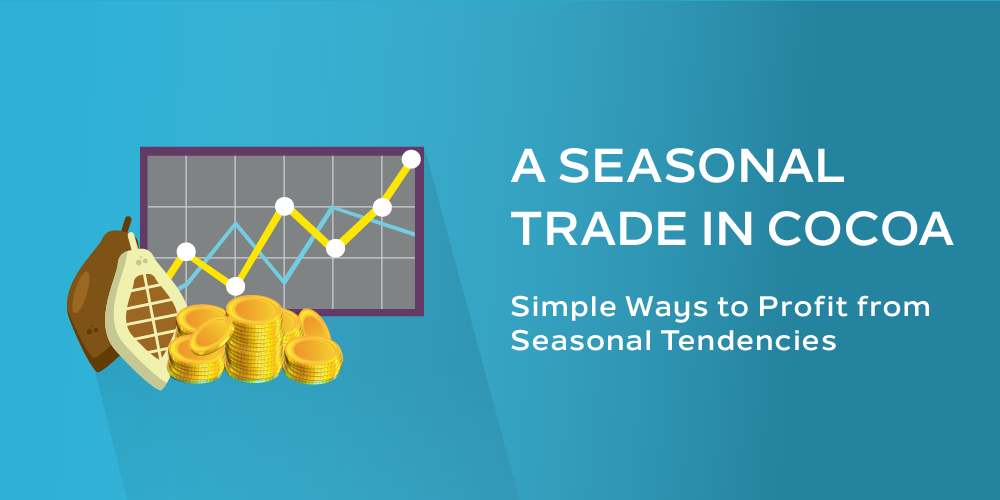
If you live on Earth, chances are that you have consumed cocoa. Cocoa is widely used in food products and cocoa butter is used to make chocolate.
What you may not have known, however, is that as a commodity, cocoa can be traded. If you are bored of trading stocks or watching the crude oil market, you may consider the cocoa market.
As an agricultural crop, cocoa may potentially exhibit some seasonal tendencies. Keeping in mind that past performance is not necessarily indicative of future results, a seasonal tendency in cocoa may present a potential opportunity. Here’s how it works:
The Ivory Coast of Africa is the world’s largest cocoa producer. The main crop harvest in this region takes place in September and October.
As is the case with many other commodities, cocoa supplies may be at their greatest levels during harvest. This is why cocoa has a tendency to dip during September, October, and November and then begin a rise going into about March.
How can you potentially take advantage of such a seasonal tendency?
One simple way that carries limited risk is to simply buy a March call option in Cocoa during harvest.
When buying a call option, risk is limited to the premium paid for the option.
For example, if a trader buys a March Cocoa 3000 call option in September for a premium of 100 points, his or her risk will be limited to the premium paid of 100 points. At $10 per point, this equates to a maximum risk of $1000.
Therefore, the position breakeven level would be calculated as 3100. (3000 strike plus 100 points premium paid).
For every point cocoa rises above the breakeven level at expiration, the trader would stand to make $10. For example, if cocoa prices rise to 3400 at expiration, the trader would have earned a possible profit of 300 points or $3000.
If cocoa is below the strike price of 3000 at expiration, the option would expire worthless and the trader would lose the $1000 premium paid for the option.
While seasonal tendencies may be useful, they are by no means a sure thing, and past performance is not necessarily indicative of future results.










